
How should you react to survive when you suddenly fall into deep water without knowing how to swim?

In their study, the researchers trained volunteers to follow a five-step survival routine that goes against our fear instincts. “Overcoming your fear instincts can save your life in many situations,” says Dr. Nash.
“Research shows that following these five simple steps is highly effective. They are easy to remember and can be done by anyone, regardless of swimming ability or whether you fall into fresh or salt water.”
Dr. Nash’s five-step routine includes:
Step 1: Relax to achieve natural buoyancy
Instead of struggling when you fall into the water, you need to immediately recognize your situation and calm yourself down to relax. This can be done through training with virtual reality goggles.
When you relax, your body will achieve a natural buoyancy, allowing you to float close to the surface of the water, even if you don't know how to swim.
Step 2: Tilt your head back to clear your airway
When you do the first step, you need to hold your breath to avoid water entering your airway. Although this will cause you to accumulate CO2 and increase your heart rate, try to calm down until you reach maximum buoyancy.
Again, virtual reality can help you practice this calmness. Then, when you are near the surface of the water, you need to turn around in a supine position, then tilt your head back to clear your airway.
The supine position can be achieved when you continue to relax your muscles and allow half of your body including your ears to be submerged under the water. Don't worry about water entering your ears, because we are sacrificing two ears to make room for two more important holes.
These are the nose and mouth.
Step 3: Don't panic, try to relax and breathe normally.
Once your nose and mouth are above the water, try to blow out all the water in your mouth and nose, before relaxing and breathing normally.
There are many techniques for breathing underwater, but in general, you should probably inhale through your mouth and exhale through your nose to avoid choking on water. Don't worry if you occasionally sink a little, or if a wave hits you and water blocks your airway again.
Now, repeat this step, relaxing your muscles to float back up, blowing out all the water from your nose and mouth, then inhaling and exhaling again.
Step 4: Gently move your arms and legs in the water to help you stay afloat
Regardless of whether you know how to swim or not, remember that your arms and legs are the key to keeping you afloat. Stroke your arms gently, very gently and slowly, because the gentleness will allow you to feel the force of the stroke, you will soon learn which stroke will keep your body afloat.
Absolutely do not stroke your arms quickly and struggle because it will only make you lose strength and drown faster. The same goes for your legs, if you already know how to swim, you can kick your legs to keep your body afloat. But if you do not know how to swim, the advice is to relax your legs and do not kick at all. You can let your legs sink, as long as your head, nose and mouth are still above the water.
Step 5: Look for rescue opportunities
The last thing you need to do is survive until you are rescued, look for a chance to rescue by orienting yourself to shore, or something floating that you can grab onto. If there is a possibility of people in the area, call for help with your mouth above water, but be careful to conserve your energy.
Also, be aware of the current. If you are caught in a strong current, do not try to swim across the current to fight it. Instead, swim diagonally at an angle roughly parallel to the current to slowly escape.
"Whether you are planning a holiday, a relaxing walk along the beach or a run along the canal, it is important to know how to stay safe. This knowledge can make the difference between a safe outing and a tragic accident," says Dr Nash.
"Finally, if you spot someone in distress and are unable to save them, do not jump into the water: Instead, shout loudly to instruct them to follow the five steps above, then immediately call your local emergency hotline to request professional help."
News in the same category


The Military Sleep Technique That Can Help You Fall Asleep in 2 Minutes

Why shouldn't you set the air conditioner to 26°C at night?

9 out of 10 people store onions incorrectly: Here's why you shouldn't keep them in the fridge

Smart travel tip: Why you should toss a water bottle under your hotel bed?

Don't throw away your yellowed white shirts - try this soaking method to make them bright and as good as new

Easy lemon storage hacks that keep them fresh for a long time

Natural Pest Control: Using Diatomaceous Earth and Cloves Against Bed Bugs and More

Tips to Quickly Get Ants Out of Sugar Jars and Keep Them Away for Good

Common causes of water leaks from air conditioners and how to fix them.

Keep Ginger Fresh and Intact for a Long Time With This Simple Trick
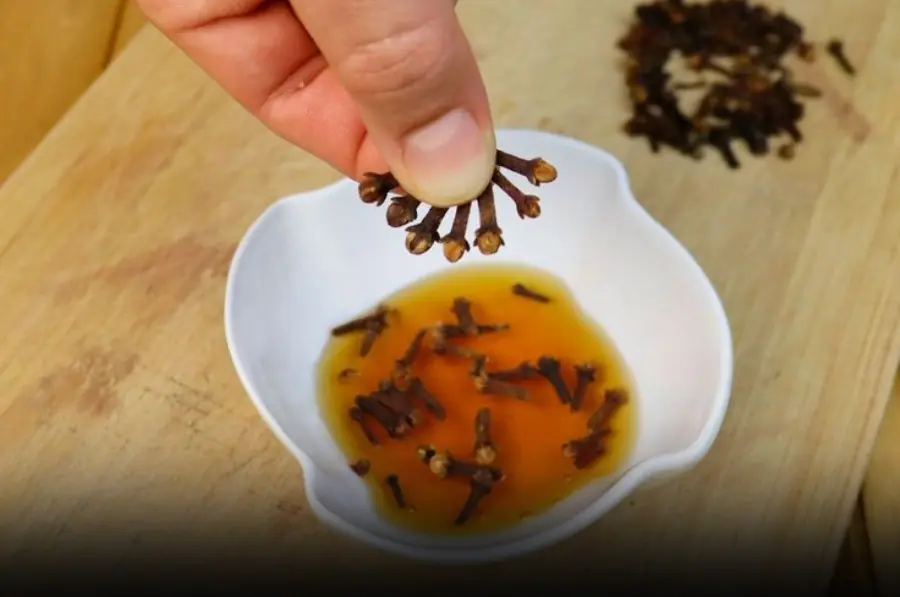
Mix cloves, honey, and cinnamon and you will thank me! This is my grandmother's secret...

Experts Warn: Never Unplug These 7 Household Devices — You Won’t Save Money, and It Could Cause Even More Harm

A 3-Year-Old Boy Nearly Blinded by 502 Super Glue
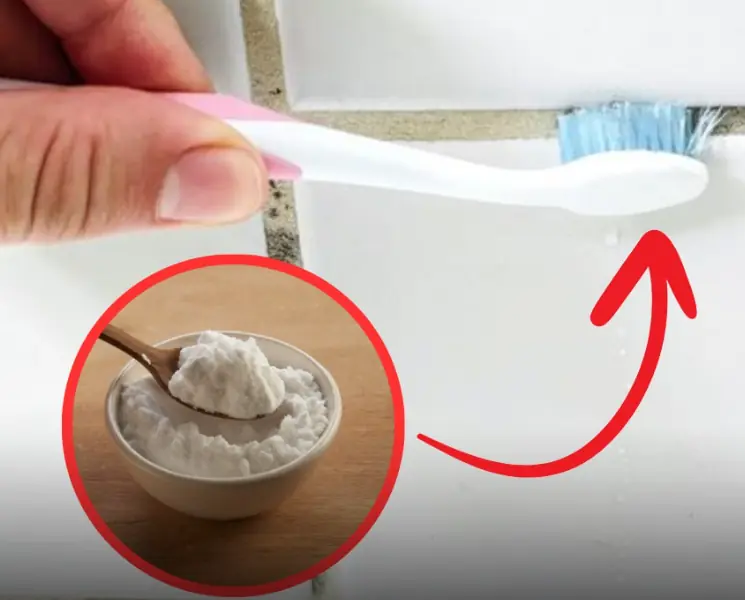
Simple hack to remove mold from bathroom grout using just 2 common ingredients - Better than bleach!

Smart people unplug the TV when checking into a hotel - Knowing why you will do it immediately

Don’t Throw Away Lemon Peels: Smart, Natural Ways to Clean and Freshen Your Home

Why smart travelers always unplug the hotel TV when they arrive?
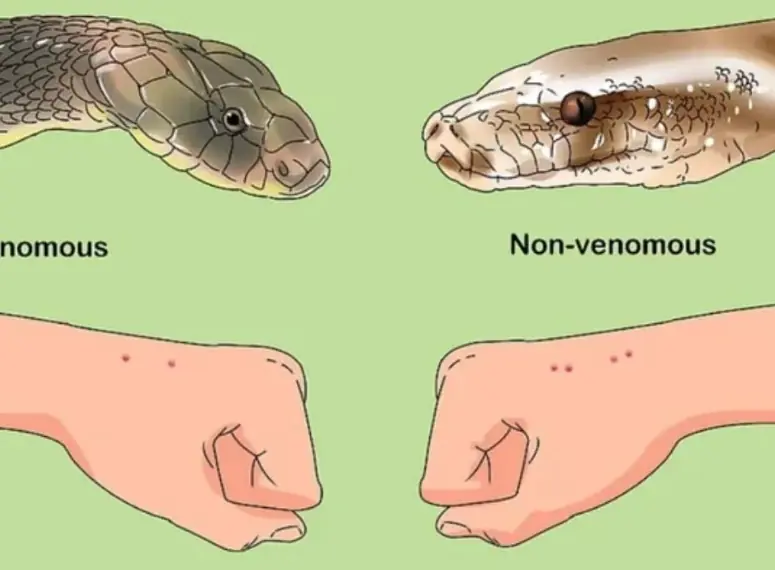
When bit.ten by a snake, you should do these things first

This Button on Your Car Key Is Something 90% of Owners Have Never Used — Yet It Could Save Your Life in an Emergency
News Post

More and more people are dy.ing from diabetes. Doctors warn: In cold weather, it’s better to eat plain white rice than to keep doing these 4 things

7 signs that you should stop drinking coffee

This One Superfood Could Tackle Major Health Issues—Here’s What You Need To Know

How to Treat H. Pylori (Helicobacter Pylori) Naturally Without Antibiotics

Depressing find at the bottom of the Mariana Trench is a warning to the world

From Causes to Cures: Everything You Need to Know About Fatty Liver

Electrical devices to unplug during storms, thunder, and lightning

4 Clear Signs That Appear 15 Minutes Before a Stroke: Call for Immediate Help

4 warning signs from the appendix, do not ignore!

8 Unusual Signs That May Indicate Cervical Can.cer
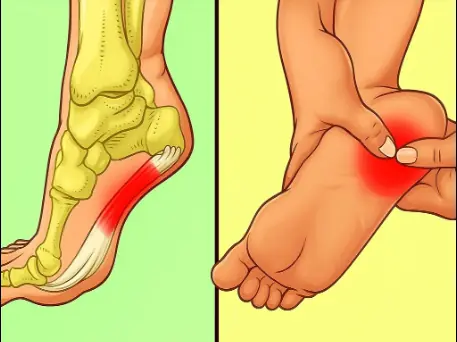
7 Powerful Exercises to Relieve Heel Pain and Treat Plantar Fasciitis Naturally

Scientists May Have Actually Found One Of The Causes Of Autism

Don’t go to sleep without taking this — 1 cup before bed clears excess sugar

3 Ways to Stop Acid Reflux Naturally

The Reason You May Get Random Stabbing Pai:ns in Your Chest Explained

Nose Picking What This Taboo Habit Really Reveals About Us
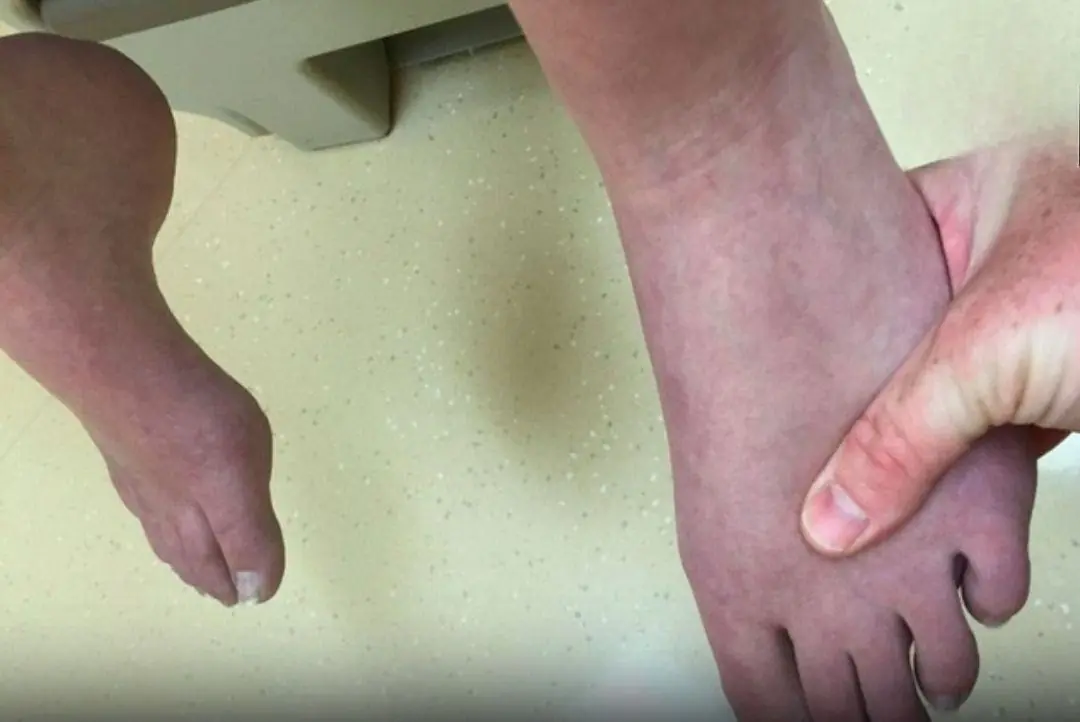
Those Mysterious Leg Bruises? They Might Indicate Dang.erous Diseases

What does this gesture signify?
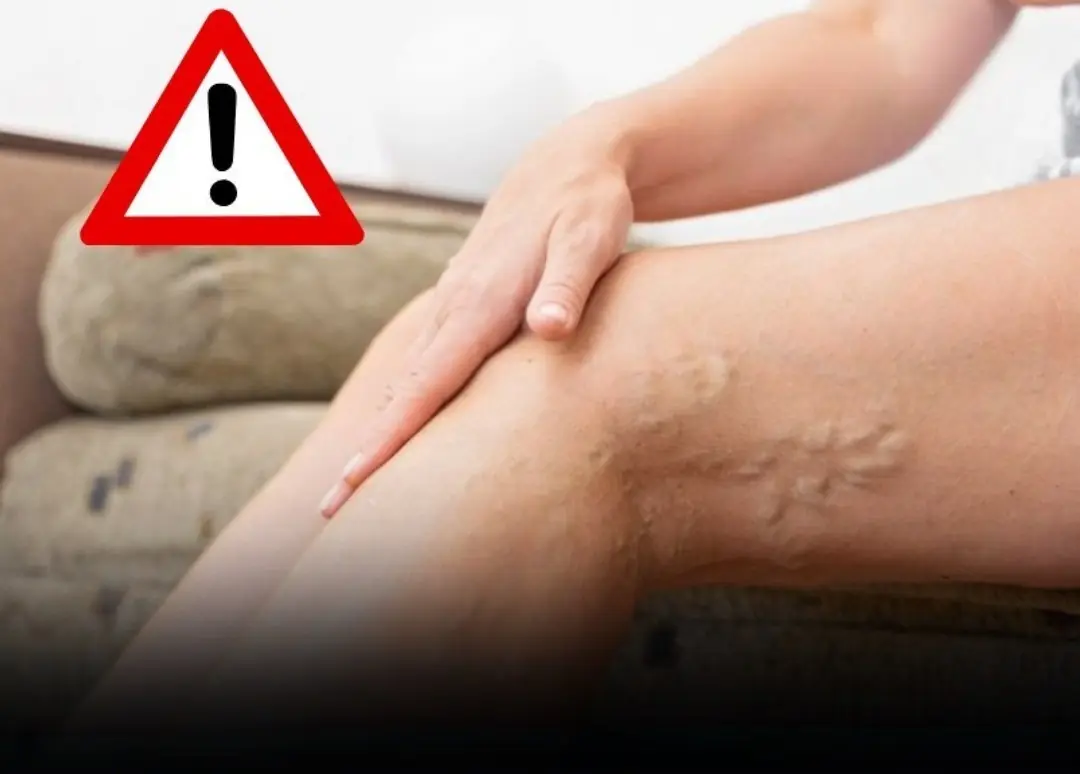
Early Cervical Cancer Clues? Don’t Ignore These 4 Foot Warning Signs





